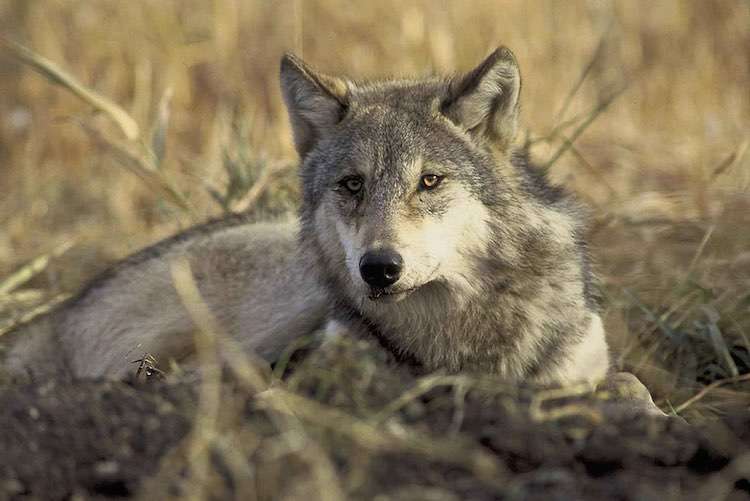British Carbon Tax Leads to Whopping 93% Drop in Coal-Fired Electricity
After the tax was introduced in England, Scotland, and Wales back in 2015, coal-fired electricity use fell from 40% to 3% in just three years.

One of the greatest environmental success stories in history is playing out on the landscapes of the rural West.
When wolves were reintroduced into Yellowstone and Northern Idaho in the mid-1990s, the ecological ideas of how large predators affected ecosystems, and the conservation policies that could support predator restoration, were mostly theory. Now, ten years later, grounded knowledge has replaced theory, and the wolf stands out as one of the greatest environmental success stories in history.
Prior to wolves, the elk numbers in Yellowstone had been growing dramatically, and burgeoning populations of sedentary elk were severely overgrazing the native landscape.
When wolves returned and started chasing elk, many other changes followed. Willows grew higher and spread more widely, beavers returned and made ponds, riparian-dwelling plants and animals returned—including songbirds and trout—elk carrion fed scavengers such as grizzlies and ravens, and coyote populations dropped resulting in more ground squirrels and gophers, which in turn fed hawks and eagles.
Wolves have also nudged the behavior and life-histories of other animals back into their natural evolutionary course. Without wolves, the system continued to simplify and fragment, and each species' evolutionary course was stunted; with wolves, that course has realigned.
The elk in Yellowstone, for example, have changed over the last ten years since the wolf's return. They now live shorter lives, they move around more, and they are more vigilant. They have become what they used to be — wild elk. When the wolf fails to chase the elk, the elk and everything around it becomes something different, something more singularly caused by humans instead of by the myriad factors in natural evolution.
But even in the face of this less hospitable climate, a surprising thing has happened in the Northern Rockies: wolf tolerance from rural landowners is increasing, and wolf numbers are growing dramatically.
After listening intently to the legitimate concerns of ranchers, the nonprofit group Defenders of Wildlife created a program that compensates ranchers for livestock lost to wolves. Defenders has another program that builds fences, buys guard dogs, and pays for other proactive tools that promote wolf recovery. Given the success of these two programs, a few states (including Colorado) are considering similar incentives.
Gary Wockner is one of fourteen people who is charged with developing a management plan for wolves in Colorado. He's spent a significant amount of time studying the role wolves will play in our ecosystem, human attitudes about wolves, and wolf conservation programs. (Top photo by Retron, CC license)
Be the first to comment